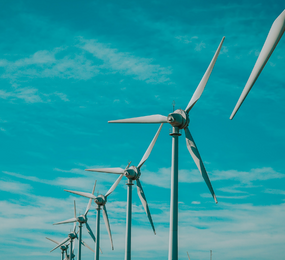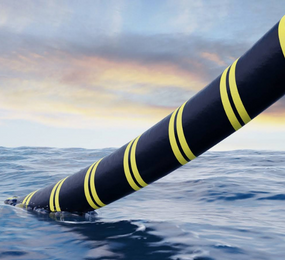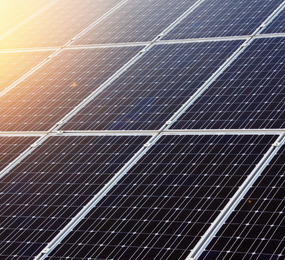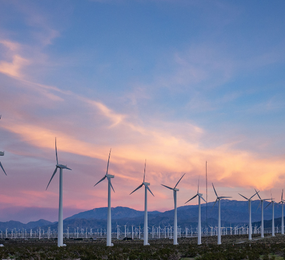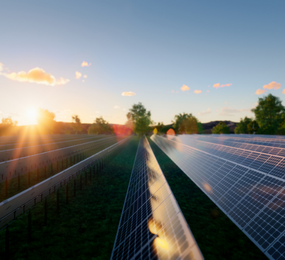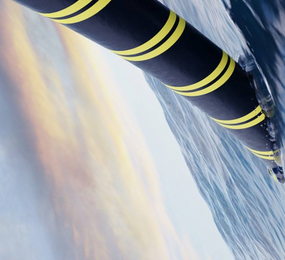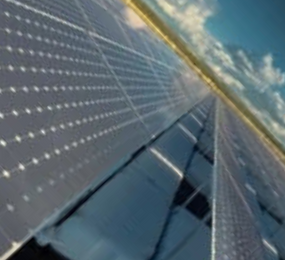The demand for sustainable energy systems is rapidly growing around the world and the Solar floating photovoltaic(FPV) system is one of them! To mitigate CO2 emissions and beat climate change, then we need renewable energy as an alternative energy supplier globally. Lack of availability of land but many water bodies like in the case of Islands, and also the need to generate more power supply made Floating solar PV an energy option to look out for.
A middle approach would be needed to build the balancing exercise so as to settle the conflicting approaches to maintain a peaceful atmosphere in the Submarine power cable market community. Flexible approaches are most effective when the two parties involved cooperate and possess equal rights to bring in opinions on the matter.
The global Floating Solar PV market is forecasted to enter a noticeable growth over the coming years as it has been occurring in recent years. The market is foreseen to rise to 4.8 Thousand MW by 2026, entering an annual compounded growth rate (CAGR) of 33.7% over the projected period.
Asia-Pacific represents the largest regional market for Floating Solar PV, owing up to a 62.2% share of the global total in 2020. Their floating solar Pv market is estimated to increase to 2.7 Thousand MW by 2026. China is moving at a fast rate and is expected to lead the growth with an estimated CAGR of 59.4% having ticked all the factors for healthy growth.
A huge number of installations are ongoing globally. However, the use of floating solar PV is still in the emerging phase as many countries are yet to start sourcing it as an energy system alternative. Most solar energy systems are still land-based generated. Although, the use of floating solar PV system is better than the conventional land-based counterpart due to its use of water bodies for operation and also generates a huge amount of electricity than the land-based ones.
There are possibilities and opportunities in the Floating solar PV market as many are being introduced to its importance.
Approximately, about 50% of the total world population lives within the 100km of coast which shows there is a good chance of using more floating solar PV energy systems in these areas as an electricity supply alternative in the future.
A Brief History of Floating Solar PV Applications
The United States and Japan are the first two countries to commercially install Floating PV systems in 2007. With China and Netherlands being the first countries to successfully install Floating PV systems in an offshore environment other countries joined as follows France, Italy, South Korea, and Spain. Generally, a good number of floating solar PV installations occurred between 2007 to 2013, and currently, the largest Floating PV market is in China, followed by Australia, Brazil, Canada, France, India, Indonesia, Israel, Italy, Malaysia, Maldives, the Netherlands, Norway, Panama, Portugal, Singapore, Spain, Sweden, Sri Lanka, Switzerland, Thailand, Tunisia, Turkey, the United Kingdom, Vietnam, and a few others.
Some floating solar PV projects are ongoing and also in the consideration phase in Afghanistan, Azerbaijan, Colombia, Ghana, the Kyrgyz Republic, Myanmar, Pakistan, and others.
Notably, The world's first larger floating Pv project is 100 megawatts and the largest is 150MWP
Offshore Floating Solar PV: Which Way?
With the observations on how floating solar PV is constantly growing since its inception in 2007, It is projected to grow at a very fast rate and time as many people and countries are yet to start implementing it as an energy option. Within these years of rapid growth, Floating solar PV Installations have risen to the accumulation of wind power in less than 10 years. Innovations in Floating PV technology will continuously help to yield a 485.4GW projected increase at a 7.38% rate.
According to a report from the World bank, there has been a dramatic rise in the demand for floating solar PV since 2007. There are foreseeable projects which are going to take the floating PV market to the next level such as
-
The hosting of around 10GW of electricity capacity from offshore floating PV and aquatic biomass power plants in the North sea by 2050.
-
According to experts, offshore floating solar PV seems like a complementary technology to offshore wind, solars panels are steadily installed in between wind turbines and can be connected to the same transmission lines. A floating solar PV system is projected to generate up to 1MW when linked to each offshore wind turbine from 2025 to 2050 in the North Sea.
-
The North Sea will be able to host about 100 MW and 500MW of floating solar PV electricity capacity by 2030 and 2035 respectively.
In conclusion, the Floating solar PV market will continue to boom and develop across the globe as many projects are still in view and some are yet to be completed. People are gaining knowledge of the many possibilities and opportunities associated with using floating solar PV energy systems so the demand for the energy system will automatically increase beyond expectations.
Join us as we bring together these experts, practitioners, stakeholders, and leaders from Europe and the rest of the world to discuss the innovations in floating PV solar, International policies, legislative actions, best practices as well as detailed market forecasts and status concerning floating solar photovoltaic system.
Don't Miss Out! The 2nd Annual Floating Solar PV is Around the Corner.
Do you know that Polina Vasilenko the Founder & CEO of HelioRec will be handling a case study at this summit?
To request the agenda please send the request to Leadvent Group via email.
For more information and group participation, contact us: [email protected]


